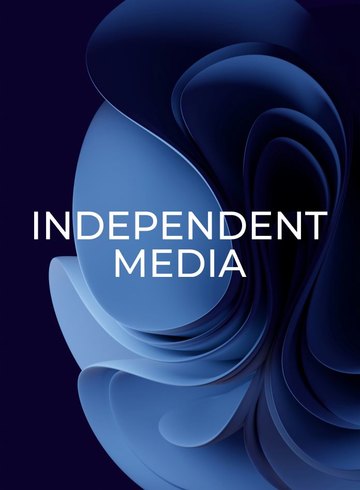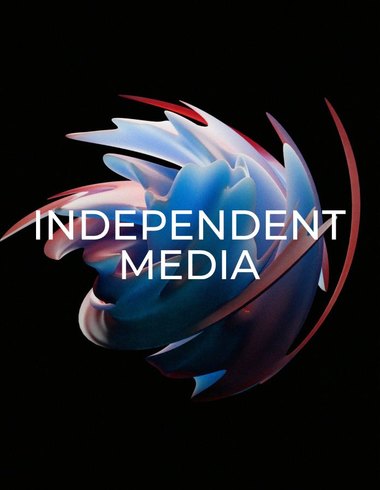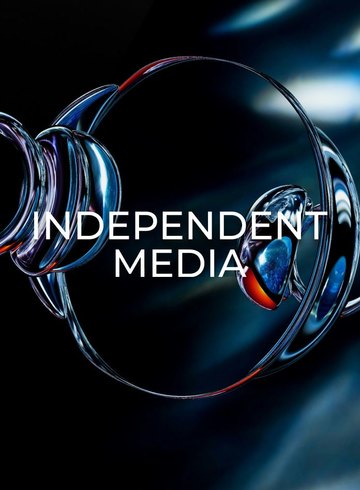Natalia Vesnina: “Content is king — and content is our territory”

Independent Media (IM) CEO Natalia Vesnina explains how the media holding fared in 2019 and discusses media market trends.
On content
Quality content is the basis of our business and so we focus primarily on developing that. It is pointless to define content according to formats or platforms because the boundaries are constantly expanding. We are seeing a growing trend towards synergy, towards combining any number of possibilities. And this is how we are developing our content – by experimenting and looking for non-standard solutions.
One such solution is to combine the capabilities of the magazine’s editors and website. Experience shows that just such interplay produces the optimum solutions. Often, those new approaches are not immediately apparent, but once found, they produce impressive results.
The 12 Apostles project by Esquire is a good example. This outstanding editorial project was expanded last year, with the website focusing on top new-wave rap musicians from among the ranks of these “apostles." Editors did more than just present text and polished video clips: they brought rappers in for collaboration, shot exclusive videos with them, and then invited them to perform at a party devoted to the project. The result was millions of views and many new audience members for the brand. This case clearly showed both the possibility for and necessity of monetizing successful editorial projects.
After all, both the audience and advertisers want quality and meaningful content. Performance helps improve short-term sales, but it does not build long-term relationships with consumers. This brings communication strategy to the fore because it can strike a balance between branding and performance. Companies need not just content, but high quality content because the better the quality, the more directly the brand’s DNA is transmitted to the consumer.
It might sound trite, but everyone should focus on what he does best, and nobody has learned to do content better than us. None of the media companies currently on the market can be called “traditional." Some know how to make use of all the new opportunities and some do not, but strange as it might seem, our advantage lies in the fact that we began producing media in the “analogue age": print media taught us the importance of quality. We achieved a high standard that we continue to uphold. We are proud of that and continue to set the trends in digital content.
Because the major brands see this, they come to us for content. They come because we not only know how to create quality and high-conversion content, but also provide access to every type of audience — the well-healed, the young generation, people with a wide variety of interests and views, and those who know exactly what they want.
On digital
Digital is a huge opportunity for everyone: media, advertisers, and the audience. It is a mutually beneficial exchange. Our digital audience is growing rapidly: as of January, the number of users for Cosmo.ru passed the 23-million mark, Goodhouse had almost 11 million, Popmech.ru stood at more than 8 million, and both Esquire.ru and Bazaar.ru exceeded 3 million. In the past year, the total audience of IM projects grew by 25% and now exceeds 50 million people.
We know our audience’s interests and provide content in the formats they find most convenient. But quality alone does not ensure such results: we do a great deal of work with technologies and analytics, studying user demand and behavior and experimenting. This mix of creativity and technology enables us to produce the content our audience demands without having to buy traffic.
This, in turn, is an advantage for advertisers. Today’s trend is that advertisers are only willing to pay for effective placement and a specific target audience on platforms that provide brand safety and transparent metrics. Here, of course, the largest digital players have a clear advantage: we have both the experience and the reputation and are not afraid to experiment.
Business is transforming
Independent Media has all the elements needed for success: content, technology and, most importantly, talented and creative professionals. Thanks to their ideas, we produce projects that dominate the market. Simply investing in development is not enough: funds should be directed towards ideas that have the potential to succeed. Otherwise, there is nothing in which to invest.
Of course, Cosmopolitan remains our flagship in this regard. Our team came up with the Women’s Power project for the brand’s 25th anniversary. This is an award for women who have already achieved success as well as a program for giving female university graduates a head start on successful careers. Cosmo also carried out a major partnership project for the Magnit retail chain that is unique in the market: it involved every imaginable platform and all 30,000 Magnit stores and concluded with a huge Camp Party. This project represented a new form of collaboration in which both partners achieved a range of objectives while giving their audience what it wanted.
Esquire is changing its image with the help of bold editorial projects: people are starting to perceive it as not only an intellectual brand for successful and well-to-do men, but also as a “verifier" of new public figures who have direct contact with young audiences. As proof, a great many young people took part in the December meeting with readers. I think this was not least because Esquire tells them about themselves and deals with interesting and exciting subjects.
Events are another example. They move audience members offline and provide our partners with direct access to them. These days, the opportunity for personal contact is gaining new value. For example, Cosmopolitan’s Get Rich project has evolved from a conference into a whole series of events. Also, Domashny Ochag looked at the age-old issue of the parent-child relationship, with the result that a very successful conference for parents emerged.
We also hold events headlined by celebrities and influencers. For example, Harper’s Bazaar came up with its unprecedented Black & White Gala for the New Year that met several objectives at once: image-based communication with the audience, setting itself apart from the competition with a high-quality event, and forming an upscale community in the brand’s ecosystem. Robb Report achieves the same goal by holding private “club" meetings for its audience.
As a leading authority on science, technology and innovation, Popular Mechanics focuses attention on Russian advances with its Technology of the Future Award. Grazia regularly holds memorable private events for its partners and the launch of the Grazia Book special issue marked the highpoint of last year’s successes.
In short, the strongest media brands are now turning into ecosystems that accompany their audiences everywhere at all times and give them exactly what they want.
But content remains king – and content is our territory.


